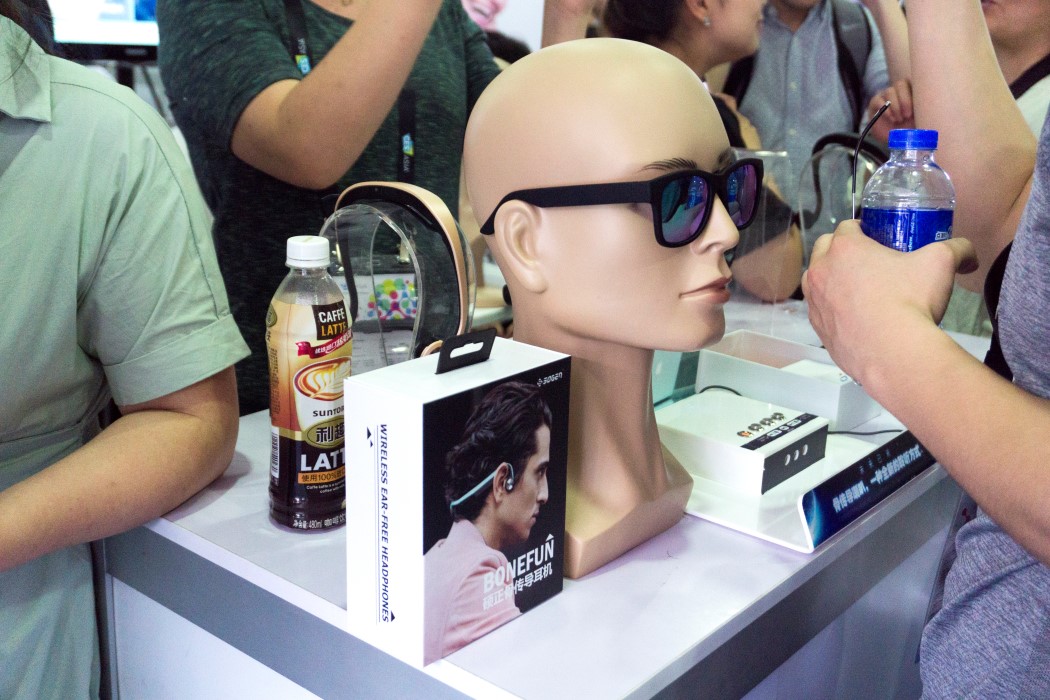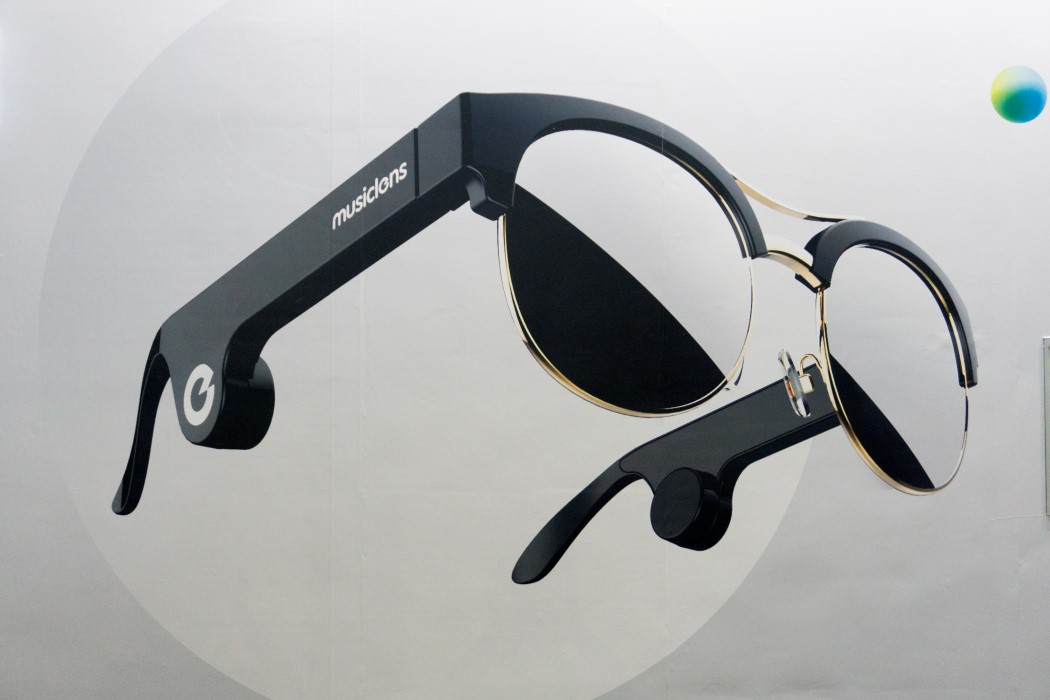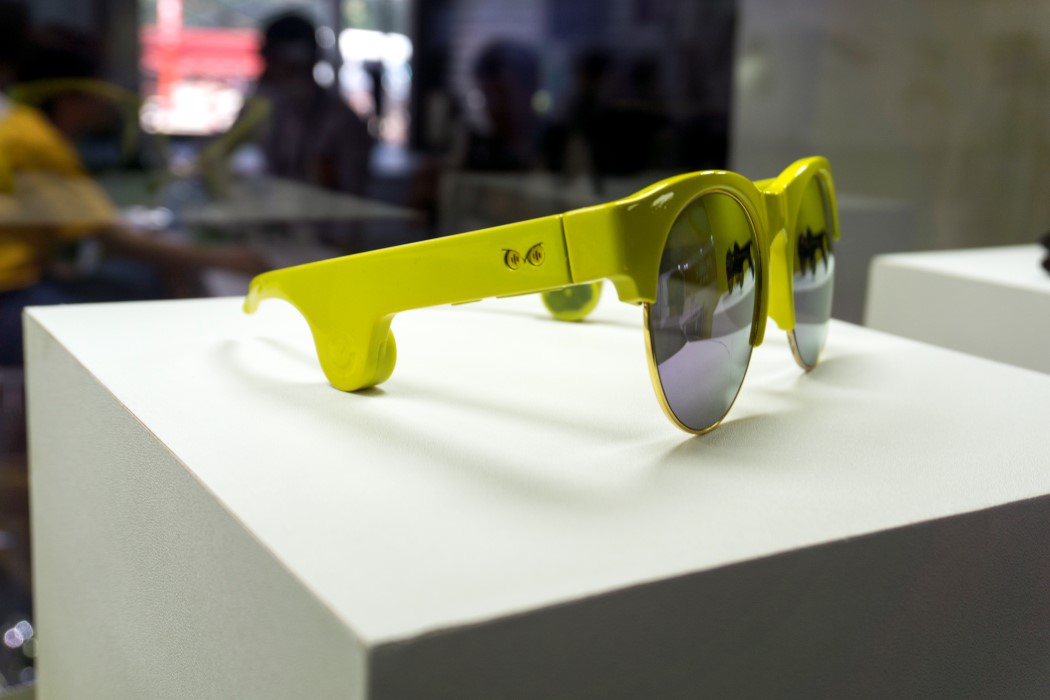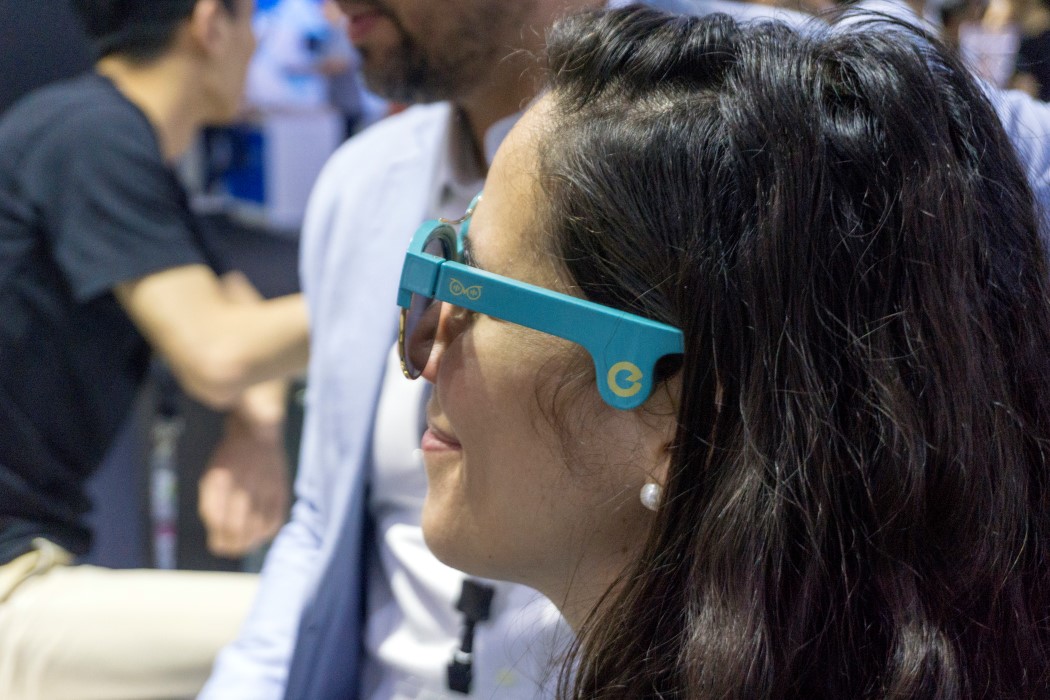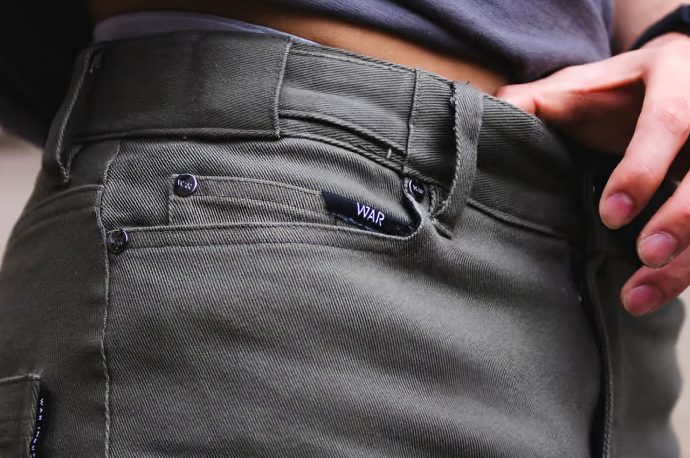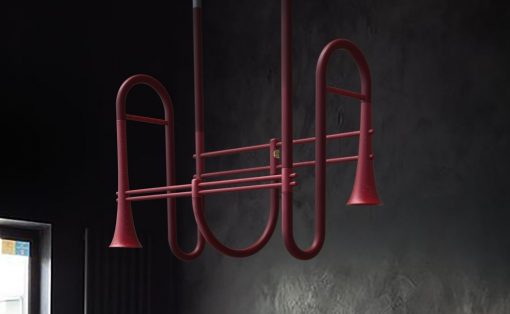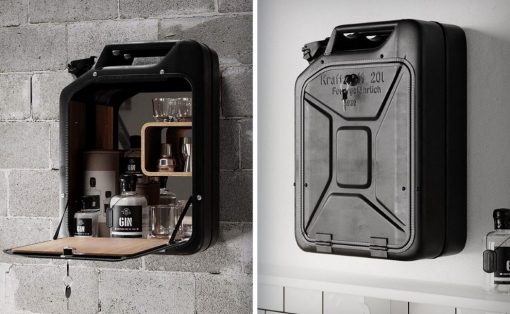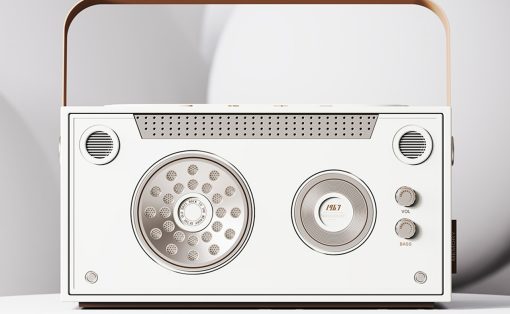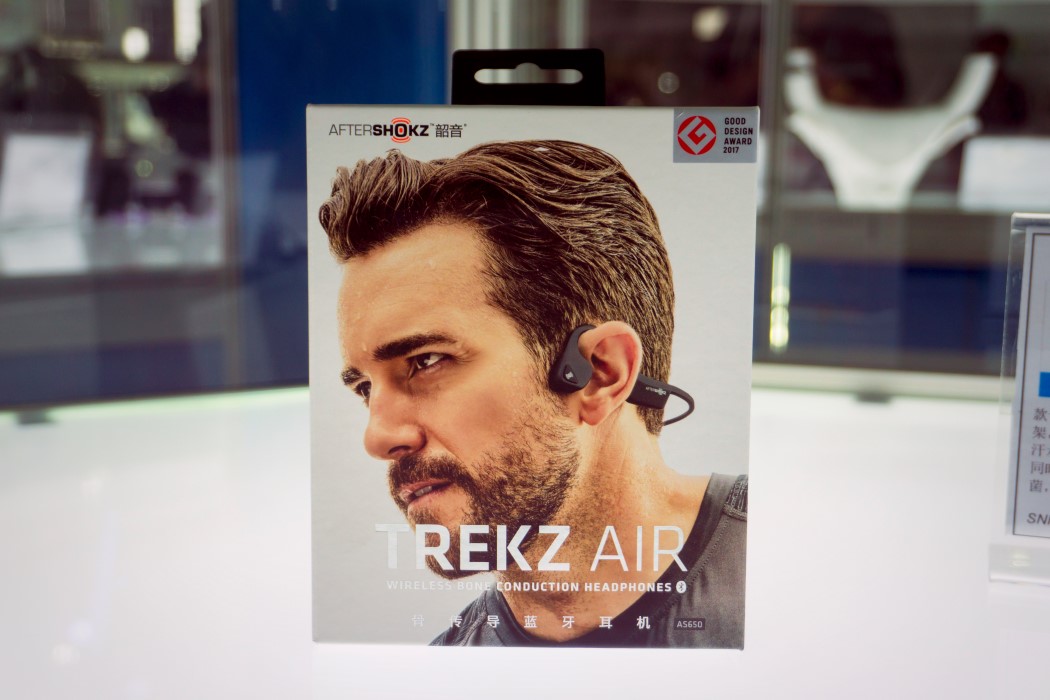
“No Bass, No Good” said a skeptic as he walked away from the stall that was displaying earphones sporting bone-conduction technology at CES Asia 2018. Bone conduction earphones work without sitting inside your ear. Instead, they rest in front of your ear, on your temporal bone, right under your temples. The earphones don’t “play” the music, but rather, relay vibrations to the bone, sending them directly to your brain, rather than through your ear canal. Why would someone go through that headache, you say? Bone conduction technology is supposedly the next best thing for audio. It feeds sounds to the wearer without blocking their ears, which mean two things. A. You can hear everything around you just fine, so a bone-conduction earpiece would work wonders for say a jogger, who wants to listen to the music, but without blocking their ears, so they can hear if a cycle is approaching them from behind, or if there’s a car speeding towards them while they cross the road. Benefit B. is that since they don’t exercise your eardrums, bone-conduction tech is actually better for your ears, and can even be worn by people with eardrum-based hearing disabilities. That’s the rosy promise of bone-conducting tech, but its track record has been rather poor.
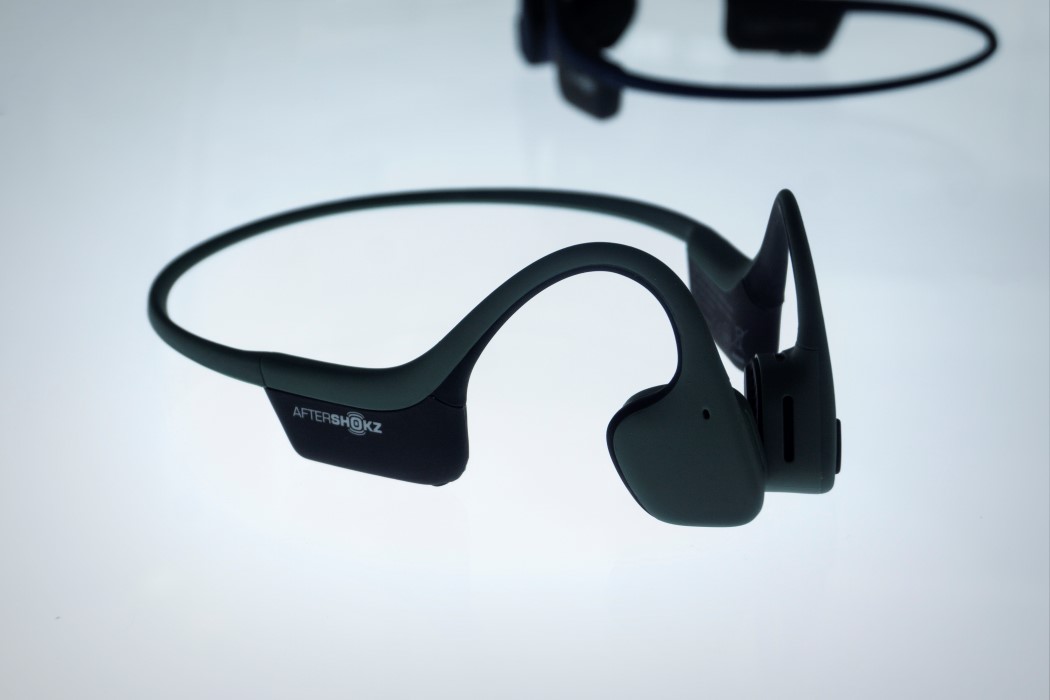
There were 3 companies at CES Asia this year displaying bone-conduction technology. The most popular being Aftershokz, a company that has gone from strength to strength, selling audio wearables, and even managed to land the CES Innovation Award for their latest offering, the Trekz Air. The other two were relatively smaller players. One, competing with Aftershokz, and another that managed to weave their bone-conducting earpieces into sunglasses, so you’ve got a nice pair of shades that play music to you while you cut out the sun’s glare and look cool while doing it.
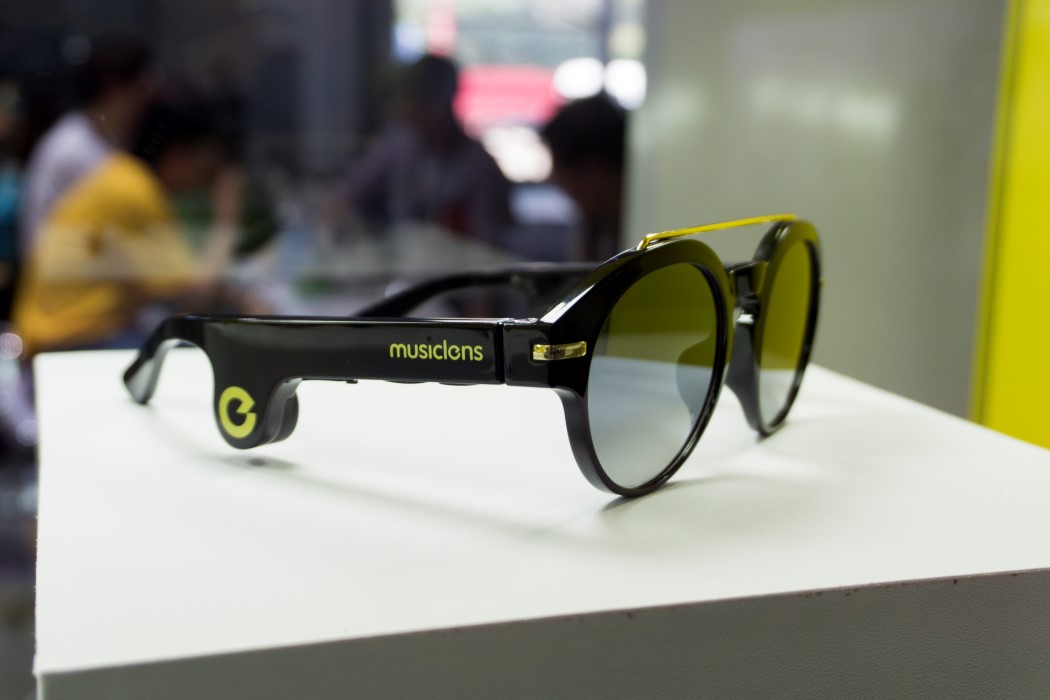
I casually walked to the Aftershokz pop-up stall, seeing massive posters of a man wearing the Trekz Air, looking positively dapper and athletic at the same time. Below him was a display area with earphones for the public to try… So I slipped one on. I immediately connected the Trekz Air to my phone, playing music I was familiar with, so I had a proper point of reference. I couldn’t hear anything. All I could feel was the earphones buzzing against my temples. “Sir, the environment here is too loud, if you want to hear the music, you need to cover your ears to block out external sound”, said a helper. This, I believe is the biggest flaw of bone-conducting earphones. The promise is that bone-conduction tech is supposed to deliver sound directly to the audio canal without relying on the eardrum, and yet, it failed to do so because my eardrum was picking up external noise, which sort of defeats the purpose of the bone-conducting earphones. You’re supposed to hear the music ALONG WITH the noise, not have the music drowned out by it. I indulged the helper by plugging my ears with my fingers to listen to the music, and the quality was just about OK. The earphones sit rather loosely on your temples, so when they vibrate, you end up losing a major part of the low-end of the music, or the bass. That’s a heavy blow too, considering humans CRAVE bass. It’s the first sort of sounds we hear in the womb, as the mother’s heart beats, creating a bass-like thud that the baby picks up on and recognizes in the future. Listening to audio without bass is like drinking wine but not feeling the buzz. It was enough for me, and several others to put the earphones down, stating that the technology was good on paper, but didn’t match up in reality.
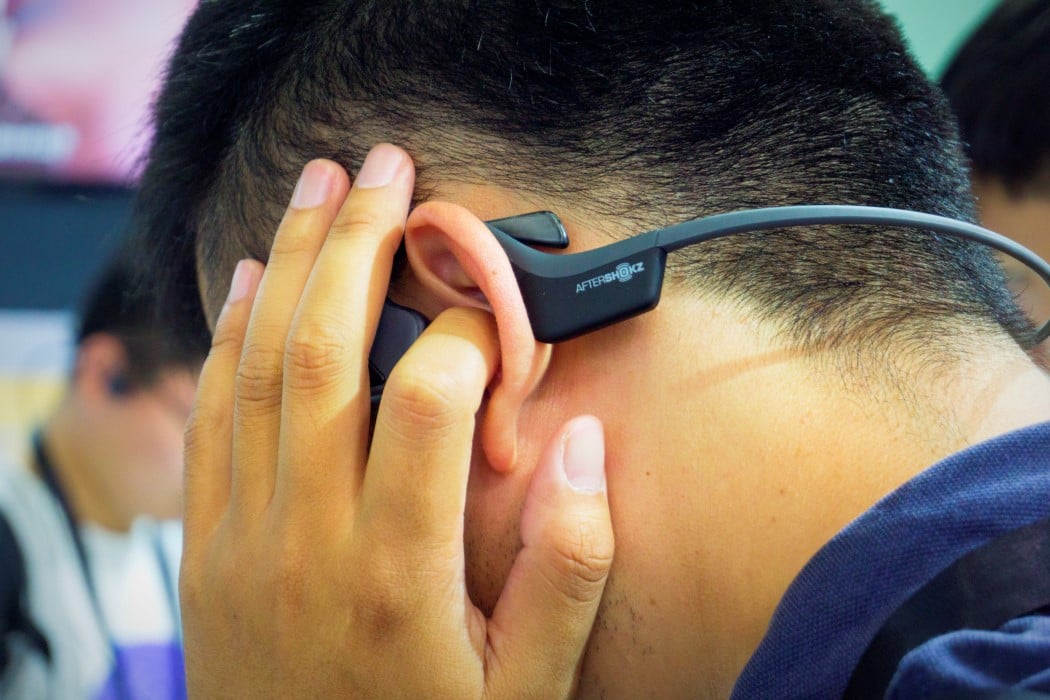
The problem with bone-conducting earphones is the way they’re built, to be honest. They’re made in a one-size-fits-all sort of format, as they sit on your ears, pressing rather loosely on your temples. These vibrating units tend to leak sound too, which mean that someone sitting right beside you on the subway can probably hear everything you’re listening to. These earphones need to be designed radically differently, in a way that allows them to press against your bone much more effectively than the current method. They also need to be able to stand up to external sounds, because no one wants to have to block their ears to hear the music. If the promise is that music and ambient noise (no matter how loud) can coexist, then it definitely must live up to that ideal. I decided to buy a pair of Aftershokz bone-conducting earphones myself back in 2015 and promptly sent them back the next day because they didn’t deliver on their promise. It’s a little disheartening to see that three years later, people are still walking away from the earphones saying “No Bass, No Good”… but that is probably the most accurate feedback ever.
